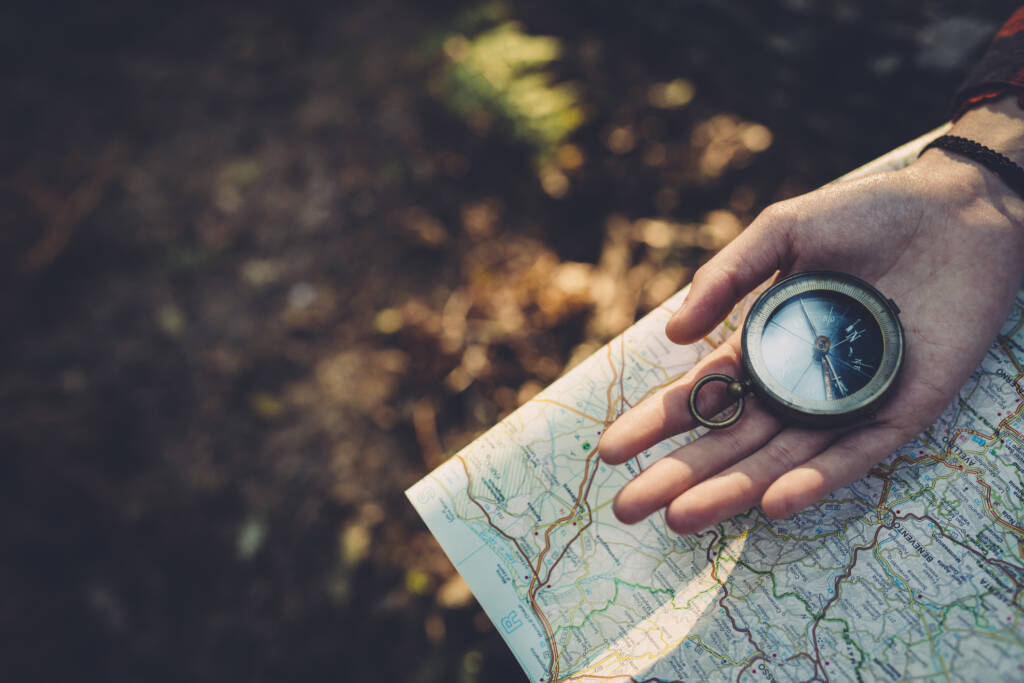
Human Geography

How do language, religion, and landscape affect the physical environment? How do geography, weather, and location affect customs and lifestyle? Students will explore the diverse ways in which people affect the world around them and how they are affected by their surroundings. Students will discover how ideas spread and cultures form, and learn how beliefs and architecture are part of a larger culture complex. In addition to introducing students to the field of Human Geography, this course will teach students how to analyze humans and their environments.
Major Topics and Concepts
- Describe the differences between physical and cultural geography.
- List the subfields of human geography.
- Understand relevance of culture and cultural ecology to geography.
- Discuss theories of environmental determinism and possibilism.
- Relate the history of how modern geography has evolved.
- Understand the difference between population density and population distribution.
- Discuss the importance of patterns of composition.
- Describe the purpose of population pyramids.
- Analyze historical population trends and projections.
- Discuss regional variations of demographic transitions.
- Understand the difference between culture traits and culture trait complexes.
- Describe the methods of cultural diffusion.
- Discuss the relevance of acculturation.
- Understand the environmental impact of cultural attitudes and practices.
- Identify cultural landscapes and cultural identities.
- List the major language families in the world.
- Examine the branches of language families.
- Consider the relevance of the English language as a means of communication.
- Discuss the environmental impact of cultural attitudes and practices.
- Discuss how languages evolve over time.
- Discuss the origins of Christianity, Islam, and Buddhism.
- Describe the diffusion of Buddhism into China.
- Consider the importance of holy days to different religions.
- Understand the relationship between religion and environment.
- Identify religious conflicts.
- Describe how ethnicities become clustered.
- Consider the different types of segregation.
- Discuss how class relates to ethnicity and gender.
- Identify the differences between a nation-state, a part-nation state, a multinational state, and a stateless nation.
- List examples of ethnic conflict.
- Describe the nature of a State.
- List the different shapes of States.
- Understand the importance and diversity of borders.
- Consider the consequences of colonialism and imperialism.
- Describe the history of the United Nations.
- Describe the nature of the Von Thünen Model.
- Identify the different types of agricultural mechanization.
- Comprehend the importance and purpose of animal domestication.
- Understand the value of crop rotation.
- Understand the purpose of chemical farming.
Competencies
Introduction to Human Geography
Students will demonstrate an understanding of human geography by explaining human geography concepts, analyzing spatial interactions, and evaluating competing environmental theories.
Population Geography
Students will demonstrate an understanding of population geography by summarizing ways to describe population patterns, describing factors to consider when conducting a geographic analysis, and explaining influences on fertility and mortality rates.
Cultural Geography
Students will demonstrate an understanding of cultural geography by describing forms of cultural expression and explaining the underlying values that create a cultural identity and landscape.
Geographic Influences on Language
Students will demonstrate an understanding of language geography by describing language variations, explaining language interactions, and analyzing language as a unifier or divider.
Religious Geography
Students will demonstrate an understanding of religious geography by explaining religious diffusion and analyzing theories of religious conflict.
Ethnic Identity
Students will demonstrate an understanding of ethnic identity by explaining ethnicity, describing the role of geography in ethnic relations, and analyzing gender disparities among different ethnic groups.
Political Geography
Students will demonstrate an understanding of political geography by describing the characteristics of a state, explaining the nature of conflicts between states, and explaining the concept of centralized power.
Agricultural Geography
Students will demonstrate an understanding of agricultural geography by describing methods of agriculture, explaining the impact of agricultural revolutions, and analyzing Johann Thünen’s model of land use.

